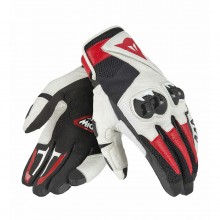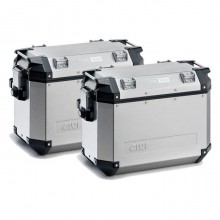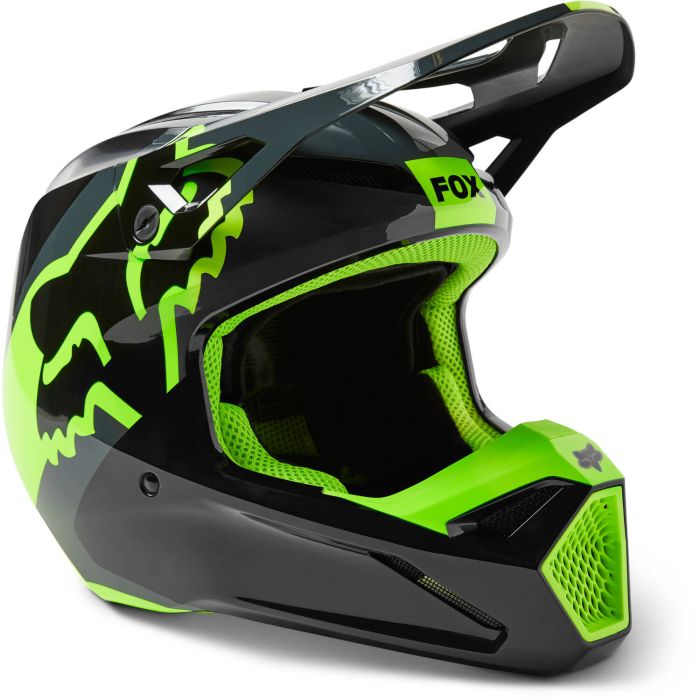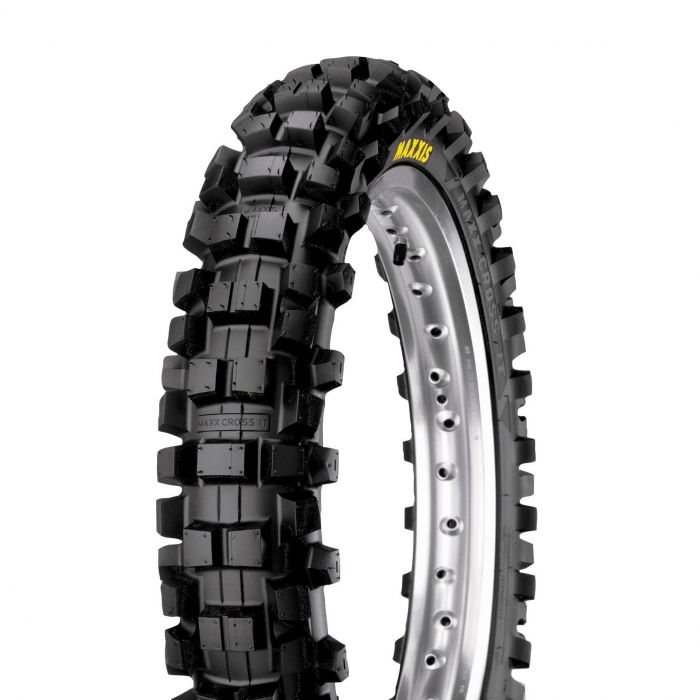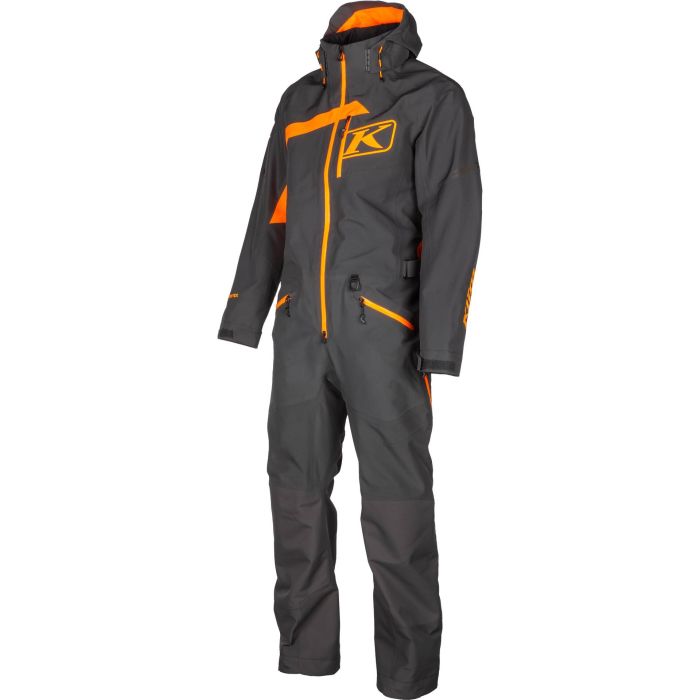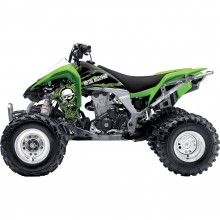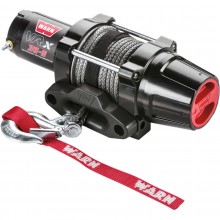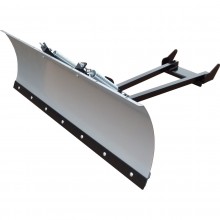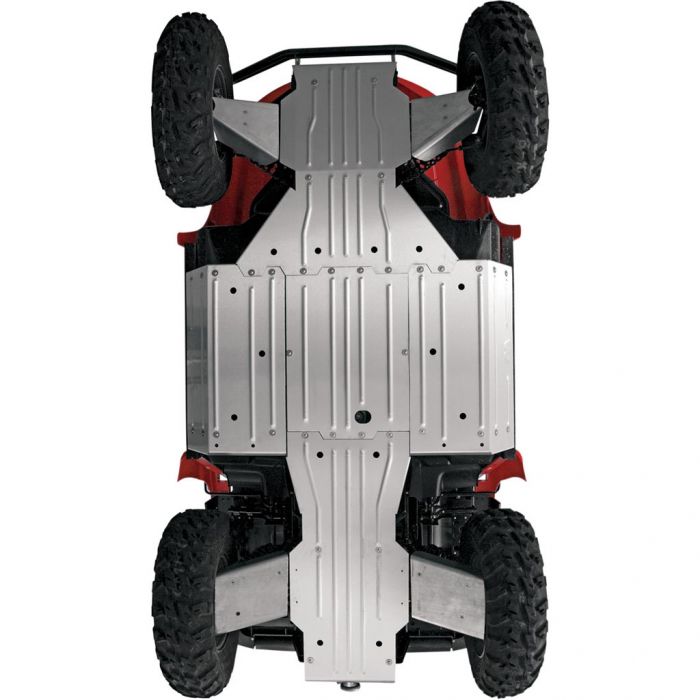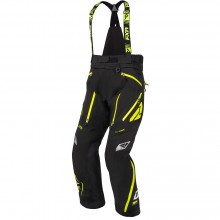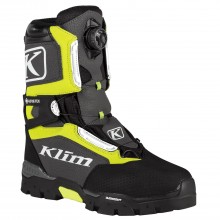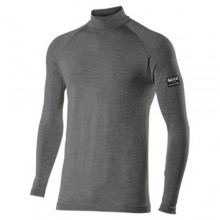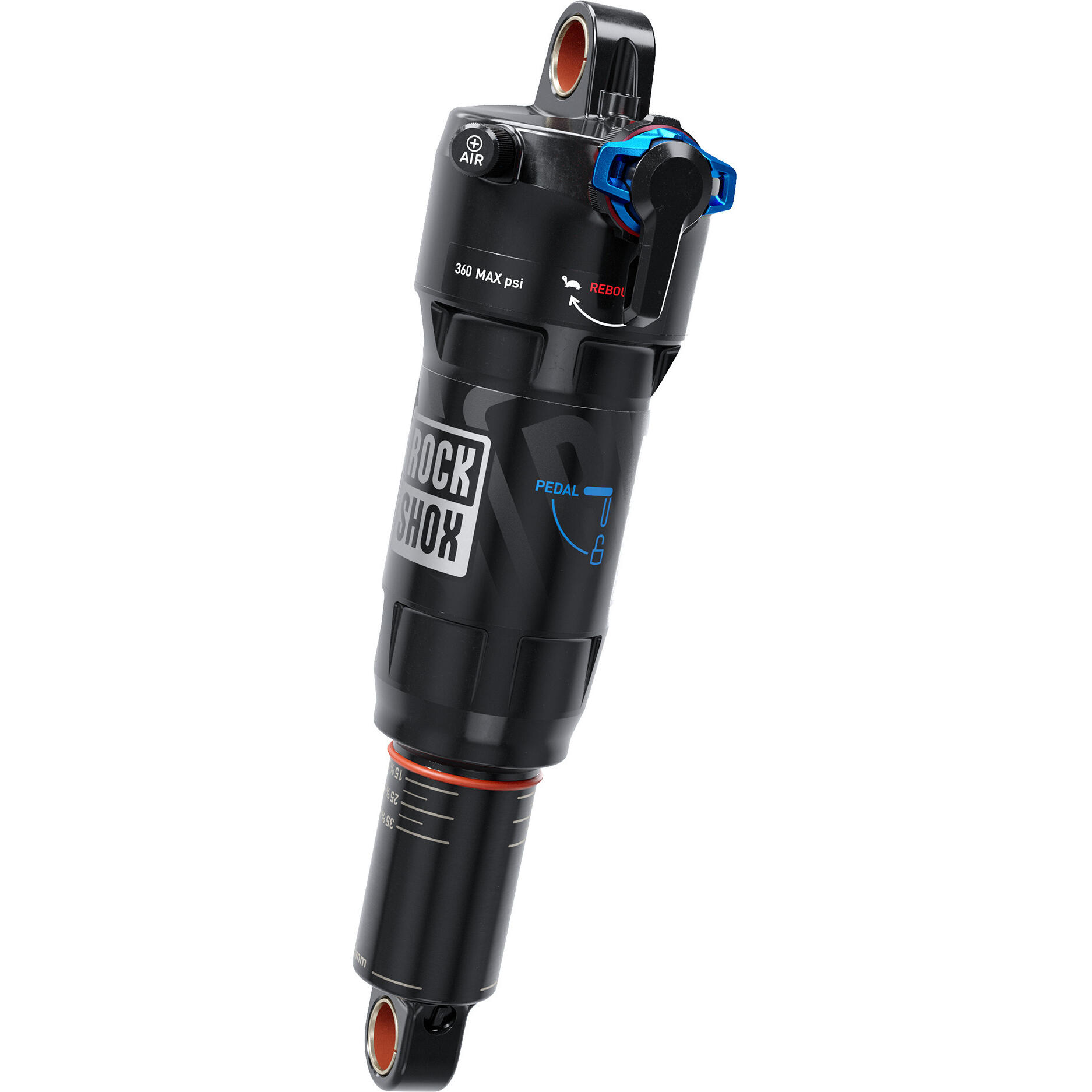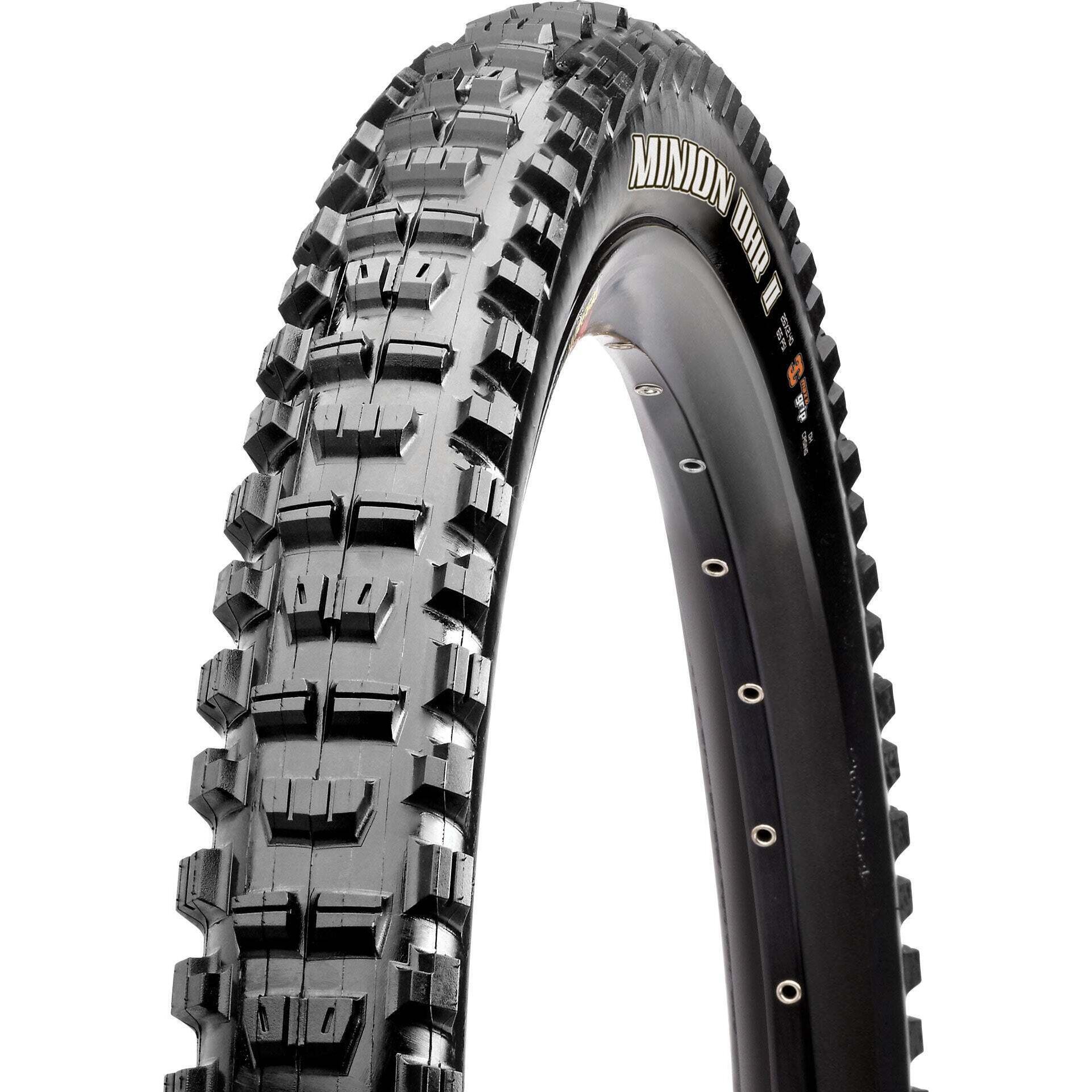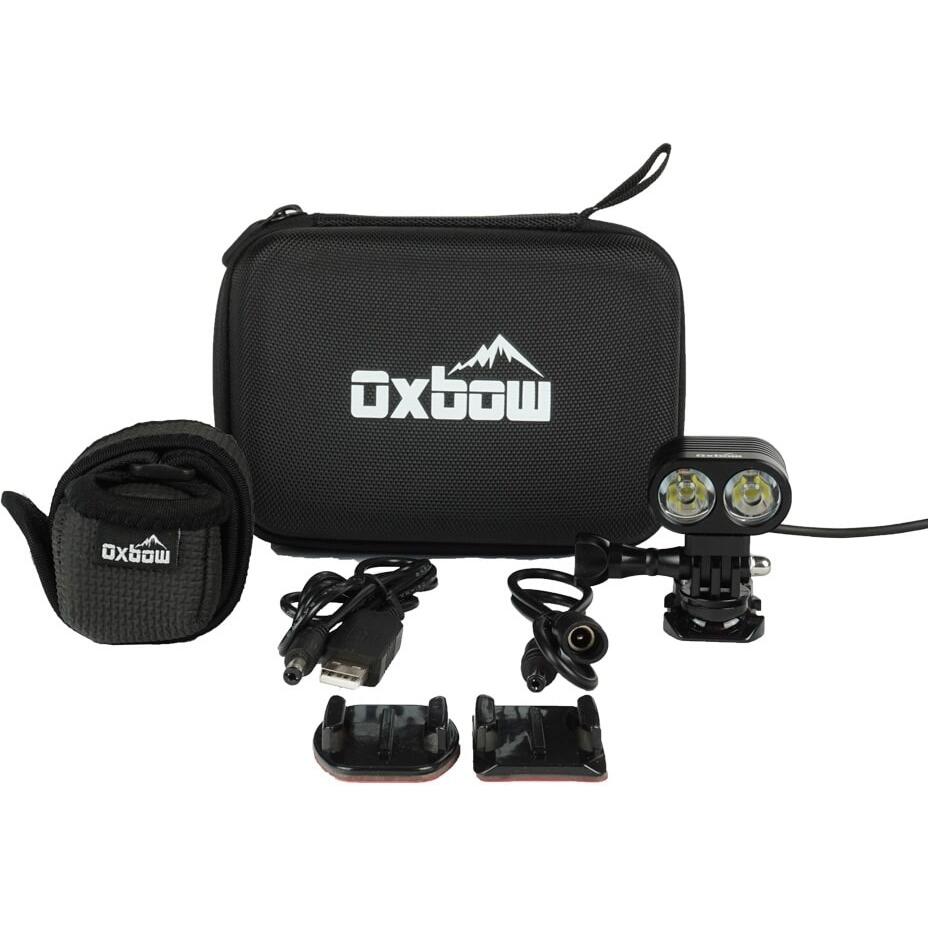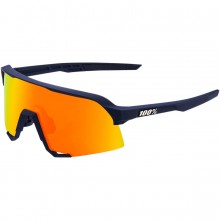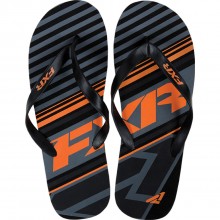
How Dangerous Are Motorcycles?
They say a danger foreseen is half-avoided. While even the best-laid plans go astray, an ounce of prevention keeps the doctor away... or worse, the mortician. Yikes!
Safety Gear
Feb 13, 2023 — People love to talk about how dangerous motorcycles are without actually saying how dangerous motorcycles are. Vague terms like “donorcycle” and “street lethal” — along with some all-too-familiar idioms — can make someone feel better about driving a Volvo, but they don’t actually mean anything.
So I set about putting a number on it, and I found that motorcycling can be much safer than people expect. To the chalkboard!
Motorcycle Accident Statistics
I don’t trust statistics pulled from thin air. Or worse — news articles. So I did the math myself; feel free to follow along or skip ahead to the result.
Transport Canada has the cheerful job of counting traffic fatalities each year. It takes them a while, so our most recent report covers up to 2020. To account for statistical error, we’ll take averages across the last 5 years of data (2016–2020).
In Canada, there was an average of ~ 730 200 registered motorcycles / year between 2016 and 2020.
Over the same time span, there were ~ 23 107 200 registered light vehicles / year.
But most Canadian motorcyclists don’t ride during the winter. And during the summer, an average rider will still use their car for certain tasks. We must account for that.
Polling the office and various used motorcycle websites, I estimate that the average Canadian motorcycle travels ~ 6500 kilometers / year.
According to the 2009 Canadian Vehicle Survey by Natural Resources Canada, each Canadian light vehicle traveled an average of ~ 15 336 kilometers that year. We'll use this data for the general purposes of this article, but as far as I can tell, there isn't a more recent analysis available right now.
So, the ratio of light vehicle kilometers to motorcycle kilometers is:
(~ 23 107 200 RLV x 15 336 kms) : (~ 730 200 RM x 6500 kms) = 74.66 : 1
In other words, Canadian cars travel about 75 kilometers for every kilometer that Canadian motorcycles travel.
Now:
An average of ~ 205 motorcyclists died in traffic collisions per year between 2016 and 2020.
Over the same time period, an average of ~ 907 drivers died in traffic collisions per year.
That last number includes commercial vehicle drivers, which we need to discount. Everyone wants to know if motorcycles are more dangerous than cars. On the flip side, nobody ever asks:
How dangerous is riding a motorcycle, when compared to driving a school bus?
In Canada, roughly 20% of fatal incidents involve a commercial vehicle. Of these, only 16% result in the death of the commercial vehicle driver.
So:
~ 907 total driver deaths x 0.20 x 0.16 = 29 commercial driver deaths
~ 907 TDD - 29 CDD = 878 light vehicle driver deaths / year in Canada
Therefore, the ratio of light vehicle driver deaths to motorcycle rider deaths is:
878 : 205 = 4.28 : 1
And from before, we know that 74.66 : 1 is the ratio between light vehicle kilometers and motorcycle kilometers.
We would expect these ratios to be equal if driving a car and riding a motorcycle were equally dangerous. But they’re off by a factor of 17.44.
How Dangerous Are Motorcycles?
We conclude that motorcyclists are 17.4 times more likely to die in a traffic collision when compared to car drivers. But that’s for a statistically average Canadian motorcyclist. I’m not one of those. Are you?
Let’s dig deeper.
Motorcycle Experience
According to the Hurt Report, over 50% of all motorcycle accidents involve riders who have been on their bikes for less than 5 months. So if you’ve been riding the same motorcycle for a while, go ahead and drop your risk factor.
Blood Alcohol Level
According to the 2018 Ontario Road Safety Annual Report (ORSAR), alcohol impairment was a factor in 19% of motorcycle deaths. So if you always ride sober, you can safely slash that risk factor some more.
Speed Limit
In the same Ontario study, motorcycle speed was a significant contributing factor in 28.8% of deaths. So if you keep it within the limits, knock your number down again!
Motorcycle Safety Course
Finally, our handy study shows that motorcycle driver error was the top contributing factor in 36.4% of deaths. That's a hell of a number. This begs the question: should mandated motorcycle training and refresher classes be implemented? While it won't eliminate all accidents caused by driver error, it could significantly impact the tragic death toll. So if you recently graduated from Moto School or took a refresher course, then your danger level has decreased even more.
Motorcycle Safety Gear
NHTSA suggests that wearing a helmet is 37% effective at preventing fatalities. Most Canadians wear helmets while riding, so this has little bearing on our stats. However, not every Canadian wears a full face helmet. And according to Dietmar Otte’s motorcycle helmet impact research, full face helmets offer 61.4% more impact coverage than half helmets. Likewise, armored jackets and pants offer more protection than street clothes.
The numeric benefit of ATGATT (All The Gear All The Time) is hard to nail down. But if you always ride with full gear, you can safely assume that your risk factor will drop.
Motorcycle ABS
In America (which is similar to Canada in this respect), motorcycles with ABS are 37% less likely to be involved in a fatal collision. Many modern machines come with traction control too, which is bound to decrease your danger even more.
Motorcycles Are Safe (When Ridden Safely)
The average Canadian motorcyclist is in 17.4 times more danger than a car driver. But statistically, the "average Canadian motorcyclist" is not 100% familiar with their motorcycle. They are not 100% sober nor 100% within speed limits. The average rider is not 100% decked-out in safety equipment nor 100% graduated from rider training. And the day when 100% of motorcycles have ABS and traction control will probably never arrive.
The good news is: YOU can choose to be 100% covered in all these areas. And for every way that you become better than average, the number "17.4" starts to drop dramatically.
So the next time someone condescends about your "donorcycle," you can take them down from their high horse. Or high Volvo, as it were...
Related Articles

Dictionary of Common Motorcycle Terms
Our very own F9 Wiki, cataloguing commonly used motorcycle lingo, with some comments from the peanut gallery.

The Cost of Motorcycle Helmets: Cheap vs Expensive
How much should you really pay for a motorcycle helmet?

Beginner's Guide to Motorcycle Gear
Gearing up safely doesn't have to bust the bank. Here are our top picks for beginner riders.



